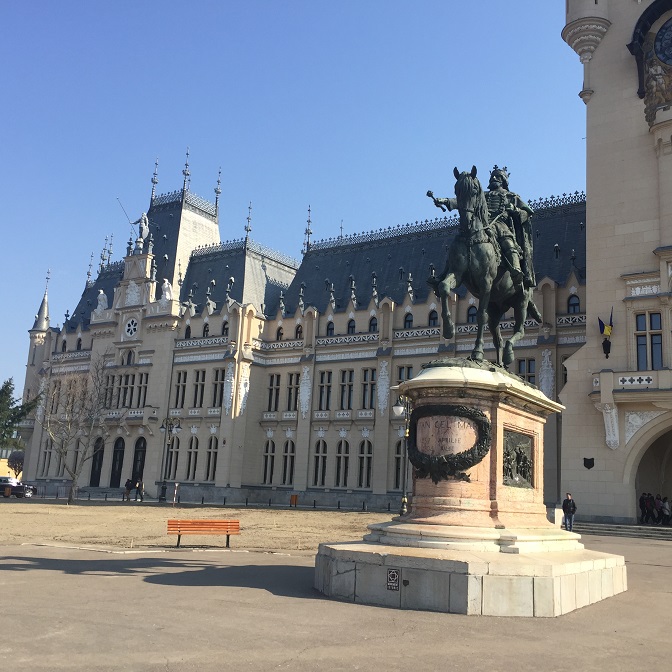
Moldavia is a historical region and a principality in Southeastern Europe that existed from the 14th century until the mid-19th century. It was located between the Austrian Empire, the Russian Empire, and the Ottoman Empire.
Today, the region of Moldavia is divided between Romania, Ukraine, and the Republic of Moldova. The majority of the historical region lies in Romania.
Throughout the 5 centuries period the territory included parts of Bessarabia, Bukovina, and Hertsa, a small region in actual Ukraine.
In 1859 Moldavia and Wallachia merged, being the first step to forming the actual Romanian state.
The languages spoken in the traditional region of Moldavia was Romanian, Slavonic, and Greek.
During its existence it was most of the time a vassal state of the Ottoman empire, afterwards partly under the Russian Empire till 1918 when Bessarabia declared independence as the Moldavian Republic. Shortly after its parliament decided to join Romania until WWII. The Soviet Union took this region back and established it as an independent state in the USSR. After the fall of the USSR in 1991 the actual state of Moldova was declared independent.
As of the 2nd century CE the region was influenced by the Latin Romanian culture followed by Byzantine culture, Slavic and Hungarian culture, and finally the Ottoman Turks.
Moldavia has a rich folklore: ceramics, weaving, ballads, etc. They survived up to the present day.